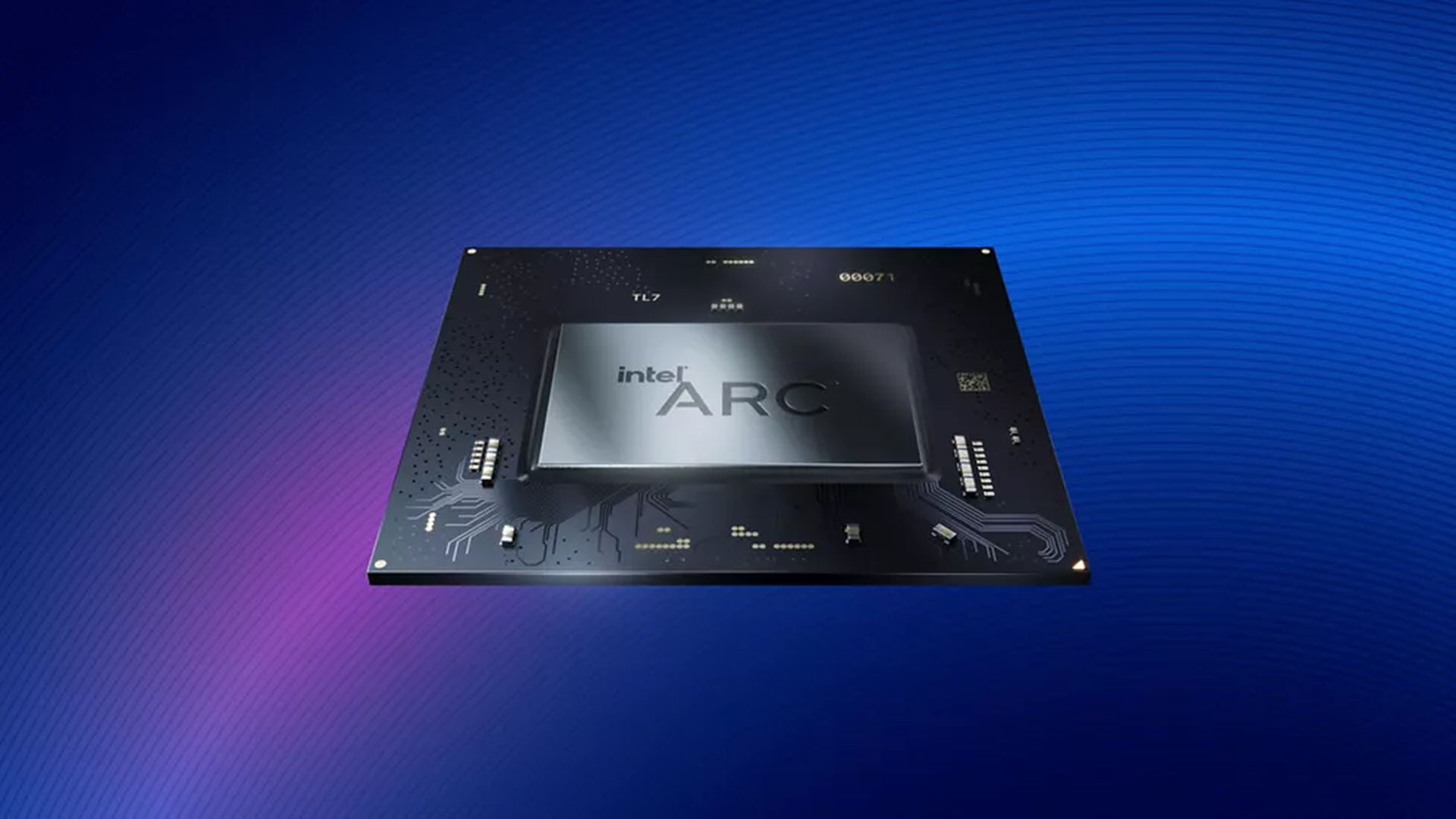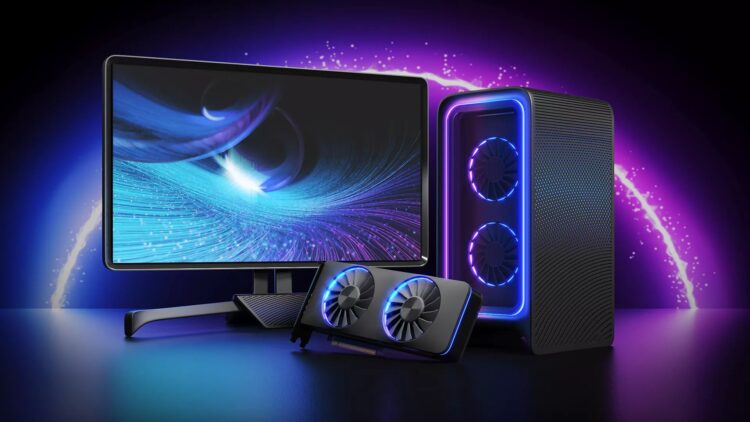Intel’s upcoming Arc B580 “Battlemage” GPU has surfaced on Geekbench, showcasing specifications confirming its competitive offering in the graphics card market. Featuring 20 Xe2 cores, 12 GB of VRAM, and a boost clock of 2.85 GHz, the Arc B580 is set to launch soon, potentially within a month.
The B580 is poised to compete against other mid-range graphics cards with its 12 GB GDDR6 memory, an upgrade from its predecessor. This GPU is based on the improved Xe2 architecture despite having four fewer cores than its forerunner. Benchmark results have indicated an OpenCL score of 78,743, though this figure may not fully capture the GPU’s performance potential, particularly given its focus on modern APIs like DX12 Ultimate and Vulkan.
Pricing and market expectations for the Intel Arc B580
The Intel Arc B580 Limited Edition is reportedly listed for $250 at a US retailer. While initial pricing for AIB models may differ, the B580’s competitive price point suggests an aggressive strategy from Intel in a crowded market. Based on preliminary listings spotted by industry analysts, the GPU is expected to perform at 14.6 TFLOPS of FP32 processing power, a compelling feature for gamers.
Intel appears set on launching the B580 by December, alongside potentially other models within the Battlemage series, although details remain unclear. Industry speculation suggests that the B580’s success will hinge on its performance against existing models, particularly from competing companies like AMD and Nvidia. Given that current market offerings from these companies remain at higher price points, Intel’s entry into the sub-$300 GPU segment could provide much-needed options for budget-conscious consumers.

Specifications and features of Intel’s Arc B580
The Arc B580 is equipped with a 192-bit memory bus and a 4 GB increase in memory size compared to previous models. This would enhance performance at 1080p resolutions, a target demographic for many gamers. Additionally, the B580 is rumored to feature a triple-fan design and RGB lighting in one of its versions, which signifies Intel’s intention to appeal to a broader audience, including gamers who showcase their builds.
Early reports also imply that the B580 will carry two 8-pin connectors, enabling better power management. Meanwhile, ASRock was among the manufacturers that revealed it would offer its variant, the Arc B580 Steel Legend. This card is anticipated to include performance tweaks and custom cooling solutions to push the B580’s capabilities even further.
Intel’s strategy appears to include a competitive pricing model and an emphasis on expanded VRAM, recognizing that modern games often demand more than the traditional 8 GB. With substantial chunks of memory increasingly standard, the B580 may shift consumer expectations in the GPU market.
Intel’s position in the GPU market
While the B580 is a focal point for Intel’s GPU strategy, the broader landscape includes upcoming AMD RX 8000 series models and Nvidia’s next-generation offerings. The market’s competitive dynamics raise questions regarding overall pricing strategies and performance benchmarks as manufacturers increasingly push for market share in the mid-range segment.
Pending more Intel announcements about future models in the Battlemage line and additional details about the B580’s technical performance, the GPU landscape remains poised for change. Analysts will closely monitor how introducing the B580 affects prices and availability of existing graphics cards from competitors as the clock ticks down to Intel’s planned launch. The market anticipates further developments that might alter the competitive strategies employed by both AMD and Nvidia as they respond to Intel’s latest move.
Images credit: Intel




